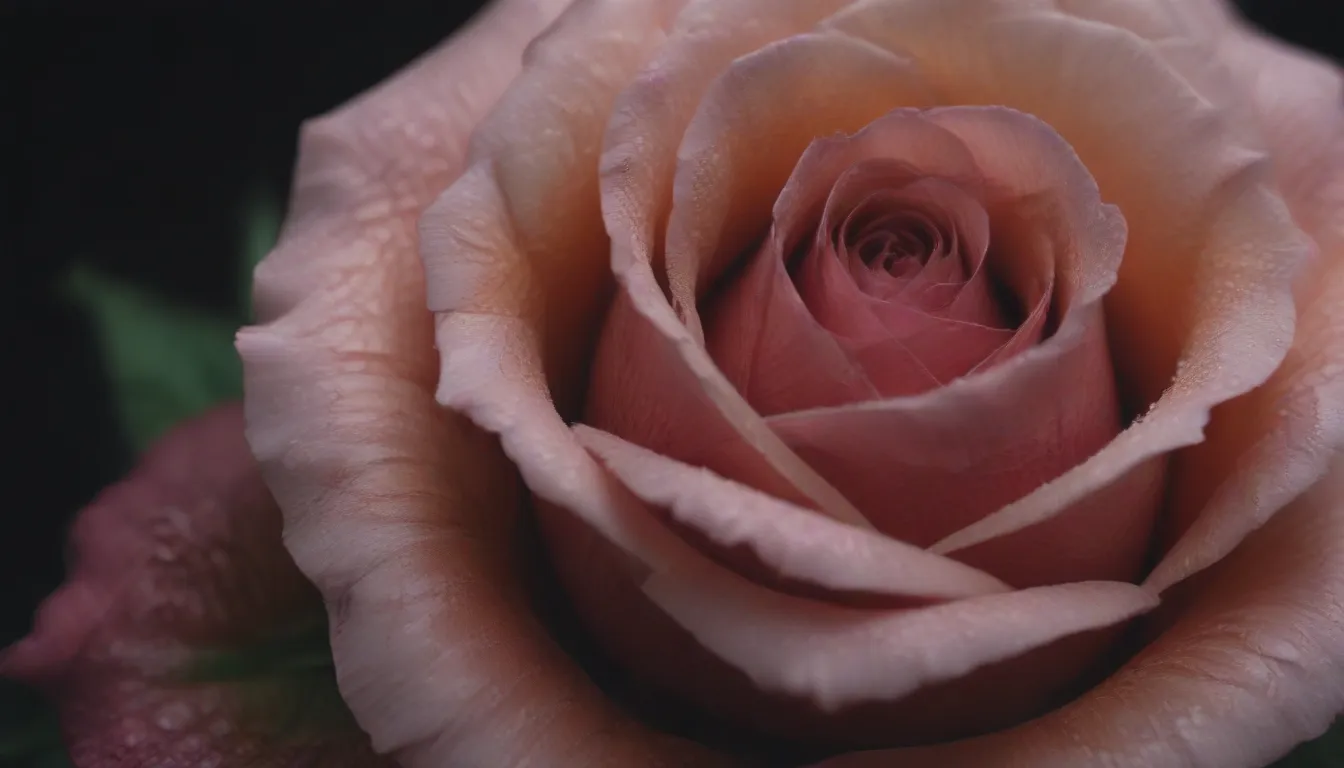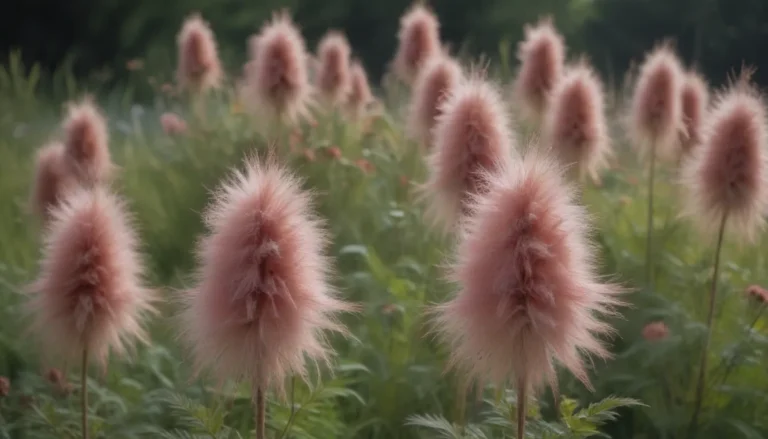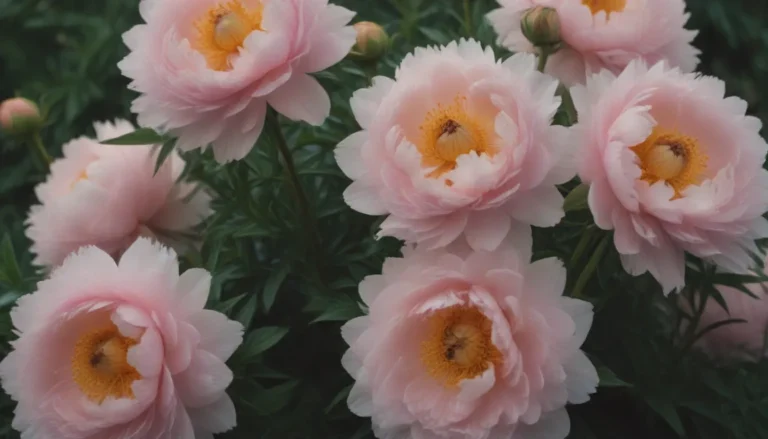Ultimate Guide to Growing and Caring For Osiria Rose

Are you a rose enthusiast looking to add a stunning bi-color hybrid tea rose to your garden? Look no further than the Osiria rose(Rose x hybrida, Rose ‘Osiria’). This unique rose, created in Germany in 1978, features deep, intense hues of red or burgundy on the inside petal with a sharply contrasting white on the outside and sometimes at the petal base. Although this fragrant beauty is highly sought after for its striking appearance, it is a slow-growing, high-maintenance shrub that requires specific care to thrive.
If you’re up for the challenge of caring for the Osiria rose, this comprehensive guide will provide you with all the information you need to grow and nurture this exquisite plant. From finding a nursery that carries this rare rose to tips on soil, water, light, and pruning, we’ve got you covered. Let’s dive in and learn how to care for the Osiria rose effectively.
Finding and Planting Osiria Rose
Finding an Osiria rose plant can be a challenge, as this hybrid rose is not readily available at all nurseries. You may need to search specialty nurseries and plant retailers to find an established Osiria rose. While seeds claiming to be Osiria rose may be easier to find, it’s important to note that seeds are not guaranteed to produce blooms similar to the parent plant due to the hybrid nature of the rose.
When you do get your hands on an Osiria rose plant, it’s essential to choose a suitable location for planting. Here are some key factors to consider:
– Light: Plant Osiria rose in a full sun location that receives a minimum of six hours of direct light daily.
– Soil: Ensure the soil is organically rich, fertile, and well-draining. Work compost, aged manure, or other amendments into the soil before planting to improve soil quality.
– Water: Water the Osiria rose when the top two inches of soil become dry. Provide consistent moisture, especially during hot weather.
– Temperature and Humidity: Osiria rose thrives best at around 80 degrees Fahrenheit with relatively high humidity levels. In colder climates, protect the plant from freezing temperatures by mulching and providing shelter.
Caring for Osiria Rose
Taking care of an Osiria rose requires attention to detail and specific care practices to ensure the health and vitality of the plant. Here are some essential tips for caring for this unique rose variety:
– Fertilization: Feed Osiria rose in early spring and mid-summer with high-phosphorus fertilizers to support large blooms. Look for a fertilizer with a higher percentage of phosphorus, such as NPK 18-24-16.
– Pruning: Prune Osiria rose in late winter or early spring to improve the plant’s structure and encourage healthy growth. Remove weak stems and dead branches to maintain optimal airflow within the shrub.
– Propagating: While Osiria rose can be propagated with cuttings, success rates may vary. Take stem cuttings from mature plants and provide the necessary care for rooting and growth.
– Overwintering: Protect Osiria rose from heavy rain, snow, and wind in colder climates by covering the crown with soil and mulching around the base. Provide shelter from harsh winter conditions to ensure the plant’s survival.
Types of Osiria Rose Cultivars
In addition to the original Osiria rose, other bi-color cultivars have been developed through hybridization with tea roses and other hybrids. While these cultivars may offer a range of colors beyond the original Osiria rose flower, they are not necessarily true Osiria roses. For gardeners looking to add a bi-color rose to their garden, here are some alternative cultivars to consider:
– ‘Fire N’ Ice’
– ‘Love at First Sight’
– ‘Rainbow Sunblaze’
– ‘Chihuly’
– ‘Life of the Party’
– ‘Joseph’s Coat’
Dealing with Pests and Diseases
One of the challenges of growing Osiria rose is its vulnerability to pests and diseases. Common issues include aphids, caterpillars, sawflies, leafhoppers, spider mites, rust, black spot, and powdery mildew. Here are some tips for managing pests and diseases:
– Pest Control: Monitor the plant for signs of pests and treat infestations promptly with a high-quality pesticide spray.
– Disease Prevention: Keep an eye out for fungal infections such as rust, black spot, and powdery mildew. Treat infected plants with recommended fungicides to prevent the spread of disease.
Maximizing Bloom and Growth
Encouraging Osiria rose to bloom takes patience and attention to detail. By providing optimal growing conditions and care, you can help the plant reach its full potential. Here are some tips for maximizing bloom and growth:
– Bloom Months: Osiria rose blooms in flushes from June until early fall, depending on the climate. While it may not be a heavy bloomer, the flowers are worth the wait.
– Bloom Duration: With proper care, Osiria rose should bloom annually once it reaches maturity in three to five years. However, disease and pest issues can impact the plant’s longevity.
– Encouraging Blooms: Prune Osiria rose for strong stems and structure, and provide adequate water, light, soil quality, and fertilization to encourage blooms.
– After-Bloom Care: After the blooming season, perform a hard pruning to maintain the plant’s shape and health. Keep the center of the shrub open by removing crossing branches and excess foliage.
Troubleshooting Common Problems
Like any plant, Osiria rose may encounter issues such as yellowing leaves, curling leaves, and drooping flowers. Here are some common problems and solutions to address them:
– Yellowing Leaves: Check for overwatering, insufficient light, or incorrect soil pH as potential causes of yellowing foliage. Ensure proper drainage and soil quality for optimal plant health.
– Curling Leaves: Treat fungal infections and infestations promptly to prevent leaf curling. Use fungicides or pesticides as needed to control the issue.
– Drooping Flowers: Prune weak stems and provide structural support to prevent flowers from drooping due to inclement weather or poor plant structure.
By following these tips and guidelines for growing and caring for Osiria rose, you can enjoy the beauty and fragrance of this unique bi-color hybrid tea rose in your garden. With patience and dedication, you can cultivate a stunning Osiria rose shrub that will be the envy of your garden!
Remember, while Osiria rose may require extra care and attention, the rewards of its striking blooms and aromatic fragrance make it a worthwhile addition to any garden. Happy gardening!





